The universe, over 13 billion years ago, was a much different place than the vibrant cosmos we know today. This vast space was a hot and dense soup, gradually cooling and setting the groundwork for the galaxies, stars, and planets that celestial maps show now. Recently, scientists have achieved an extraordinary feat by recreating one of the very first molecules ever formed: helium hydride. Their results have reshaped our understanding of the universe's evolution from a realm of darkness to the illuminated stretch of vastness above us.
iN SUMMARY
- 🔬 Helium hydride has been recreated in a lab, solving a 13-billion-year-old mystery.
- 🌌 This molecule played a key role in the birth of the first stars.
- 🧊 Scientists used an ultra-cold lab setup to mimic early universe conditions.
- 🚀 These findings may rewrite our understanding of how the cosmos evolved from darkness to light.
The Birth of a Molecule
During the infancy of the universe, a fascinating yet silent drama was unfolding. The first element, hydrogen, was fusing in the primordial plasma to create the universe's first molecules. Among these, helium hydride (comprising a helium atom bonded with a hydrogen ion) was the premier chemical compound. For years, helium hydride was a theorized entity until its recent discovery in the cosmos, and a team of researchers successfully recreated it in laboratory conditions.
Why Helium Hydride Matters
The relevance of helium hydride transcends its age. Think of it this way: without helium hydride, the universe's ability to cool in those early moments may have been compromised. Helium hydride's interaction with other particles facilitated the cooling of the universe, laying the groundwork for the formation of stars. These early insights not only highlight the complexity of molecular interactions in space but also show how minute elements can steer cosmic evolution.
Setting the Stage: The Lab Setup
Scientists around the globe, drawing on their intrinsic curiosity and innovation, have tirelessly worked on replicating the conditions of the early universe. Using an array of ultra-cold technology, they successfully mirrored the extreme environments believed present 13.8 billion years ago. According to reports, one such breakthrough came from the Heated Lab in Europe where cutting-edge technologies simulated ultracool conditions and reaffirmed the presence of helium hydride. This accomplishment further opens the door to deeper explorations in astrochemistry and the history of our galaxy (Science Daily, read more).
What This Means for Star Formation
As this primordial molecule proved essential in cooling processes, its presence established the conditions necessary for star birth. When stars form, they surround us with light and warmth, becoming the nuclei for galaxies. In Calgary, enthusiasts can't help but be inspired to look up, aware that these cosmic histories beam down from the skies (Explore Calgary's stargazing opportunities).
The Larger Cosmic Puzzle
Helium hydride's recreation doesn't just provide a snapshot of the past, but a deeper understanding of the universe's grand puzzle. As we piece together these ancient beginnings, it deepens the intrigue of what mysteries await. The efforts to reveal these early cosmic events invite all curious minds to ponder our place within this grand scale.
Reflecting on Our Place in the Universe
The successful recreation of helium hydride challenges us to re-imagine the narrative of our cosmic ancestry—a tale that began with humble molecules in a dark, expansive sea. It's a reminder of how intertwined life and science are, painting a picture that connects us all, from the atoms inside us to the stars twinkling above Montreal (Celebrate cosmic discoveries in Montreal).
Final Thoughts and Questions
With each scientific revelation, we're provided a new role in the story of our universe. What other mysteries await beyond the stars? Can helium hydride guide future discoveries? How far can we go in unraveling the cosmos's secrets? We encourage you to share your thoughts and become part of the ever-growing community within [iNthacity, the "Shining City on the Web", celebrating shared curiosities](https://www.inthacity.com/blog/newsletter/).
Here's to rekindling that cosmic sense of wonder—may it always remain as infinite as the stars above. 😊
Disclaimer: This article may contain affiliate links. If you click on these links and make a purchase, we may receive a commission at no additional cost to you. Our recommendations and reviews are always independent and objective, aiming to provide you with the best information and resources.
Get Exclusive Stories, Photos, Art & Offers - Subscribe Today!
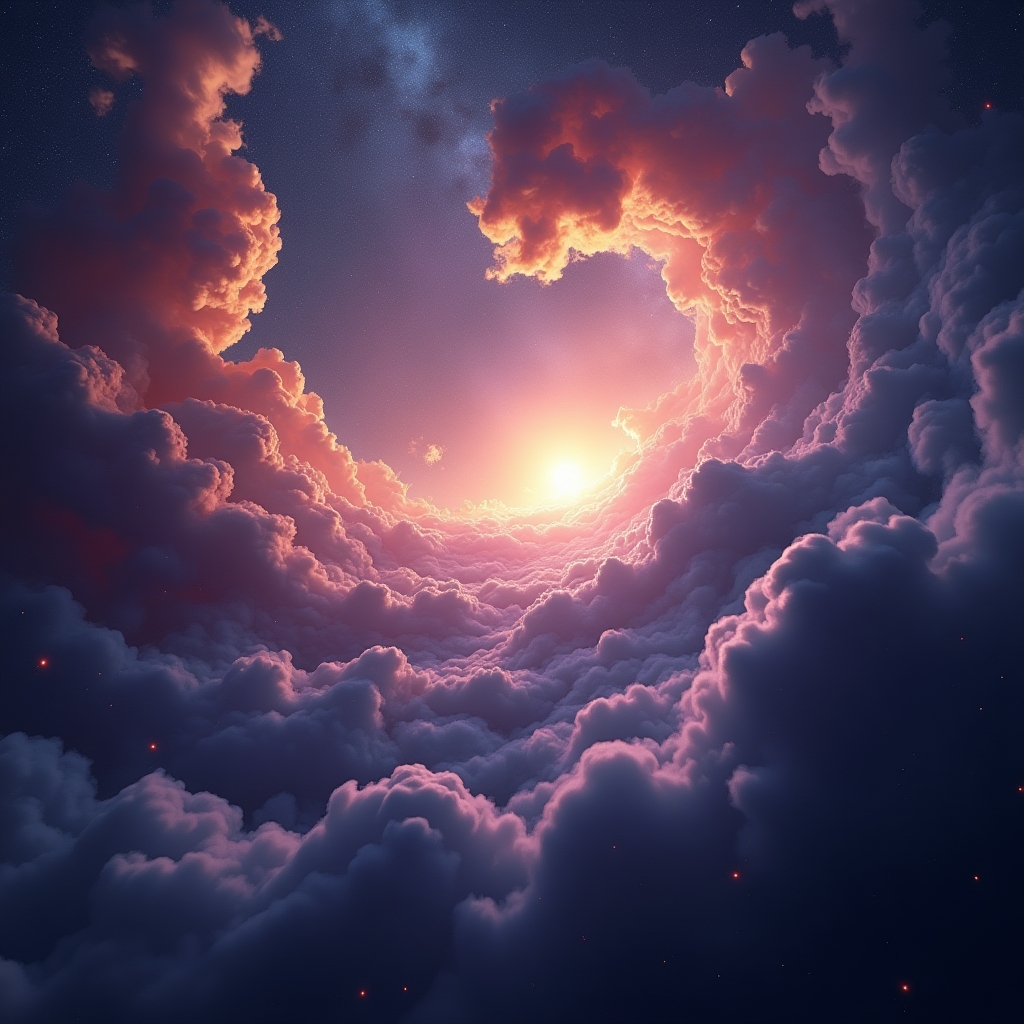
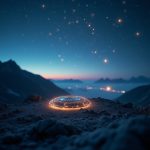


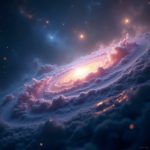
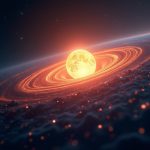
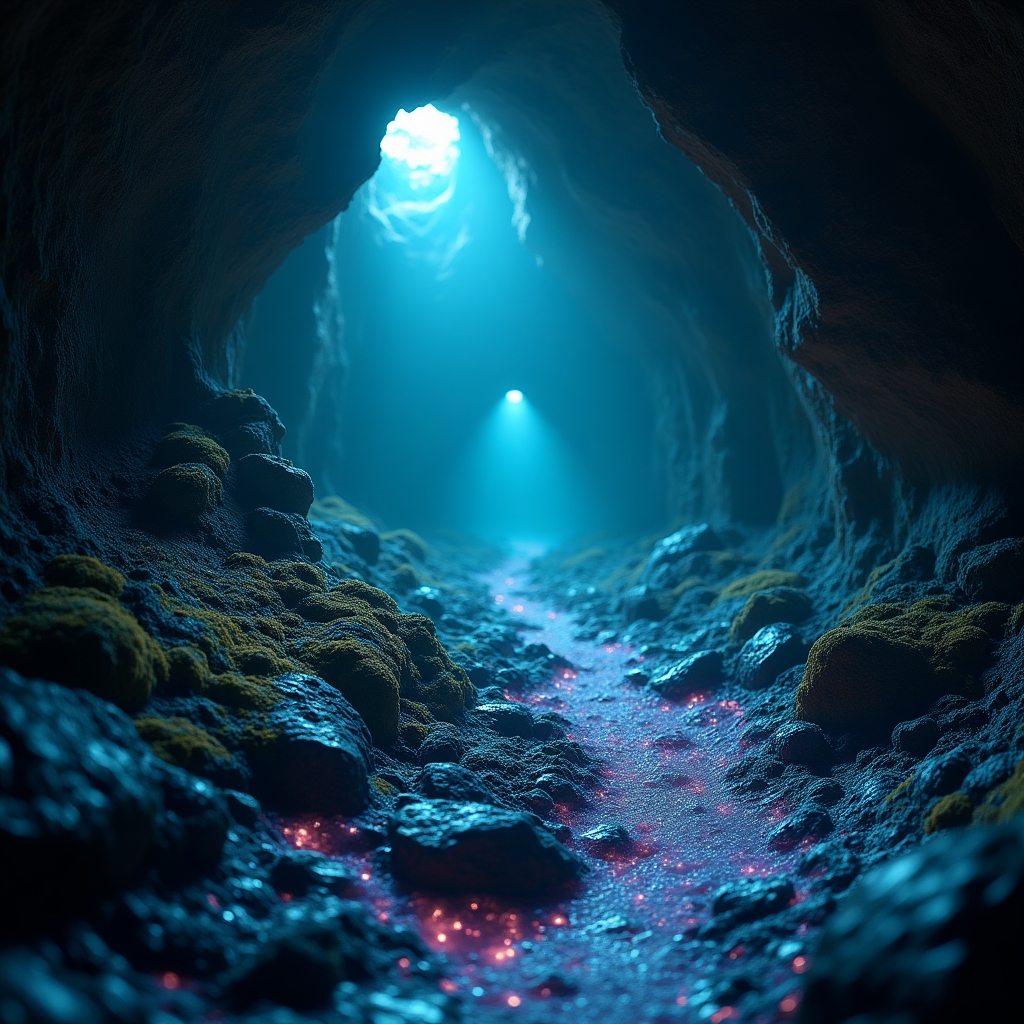
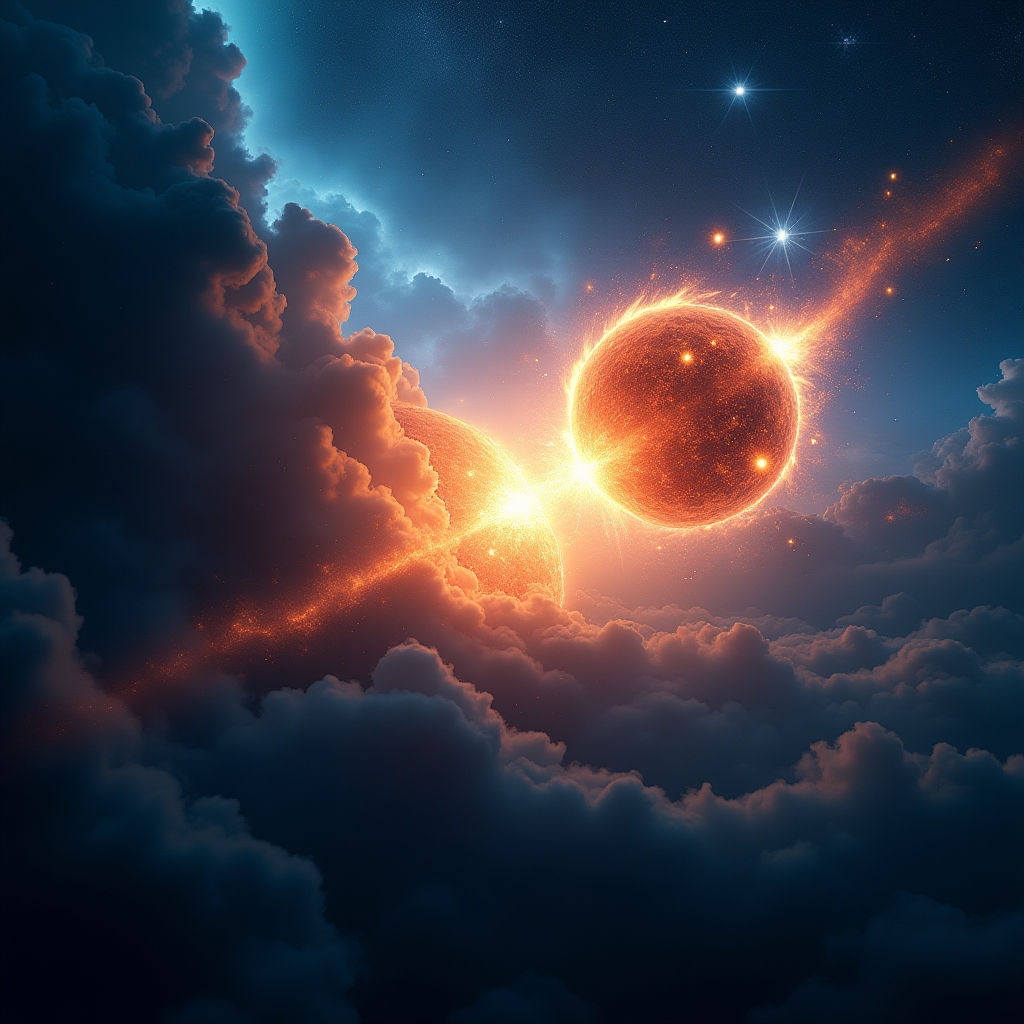
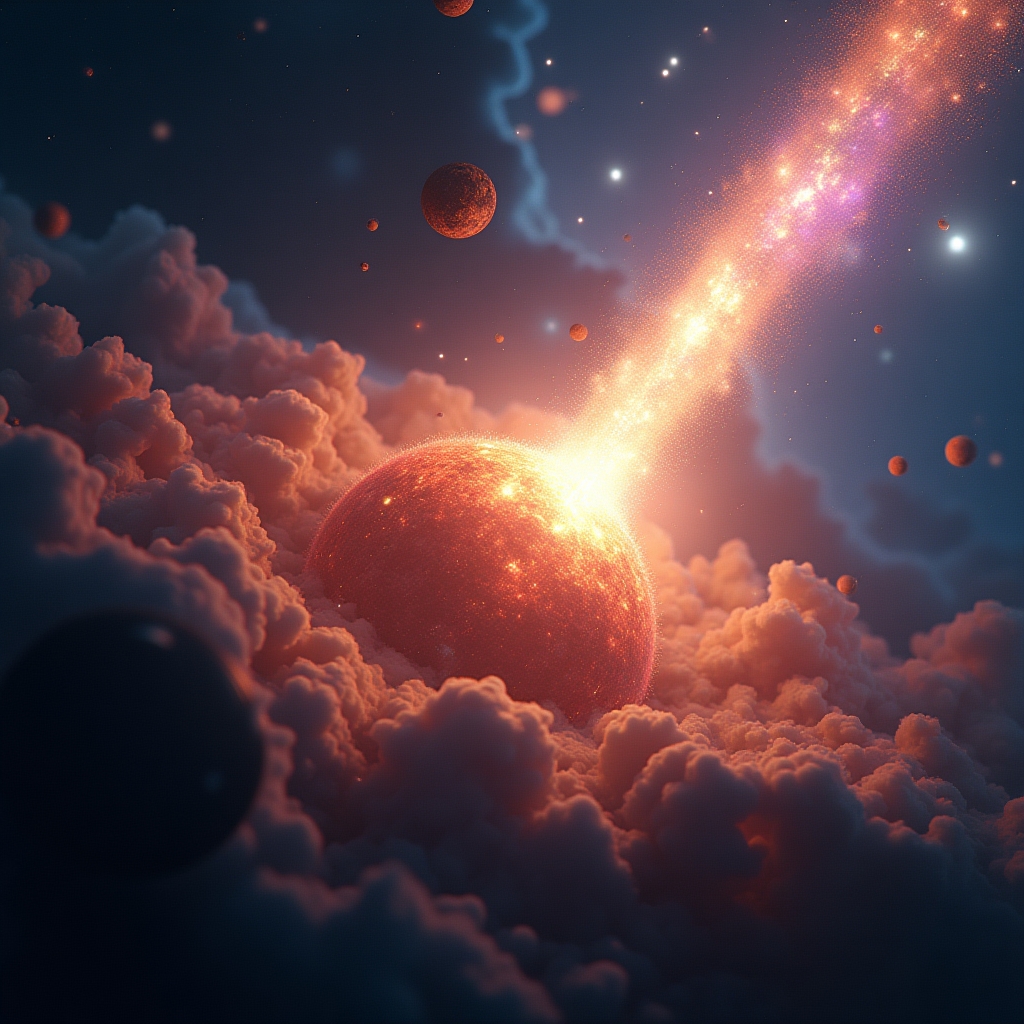















Post Comment
You must be logged in to post a comment.